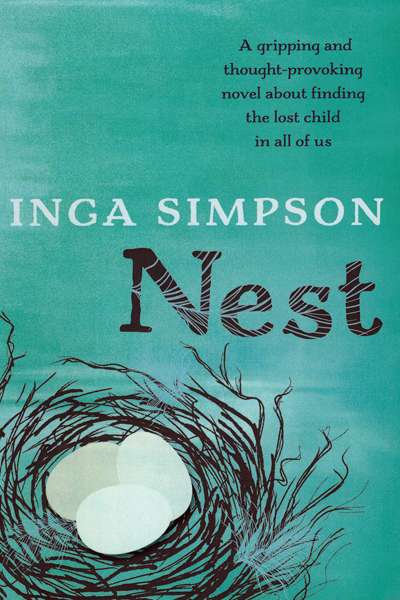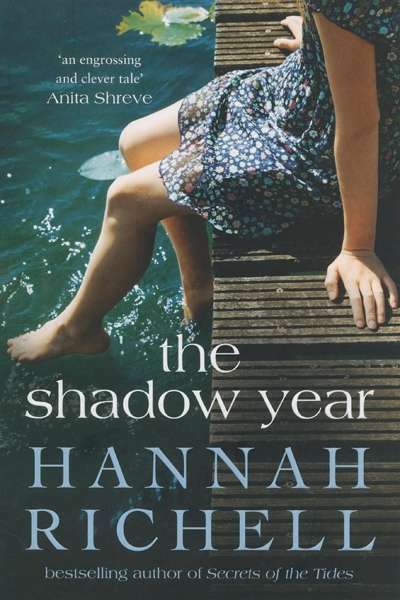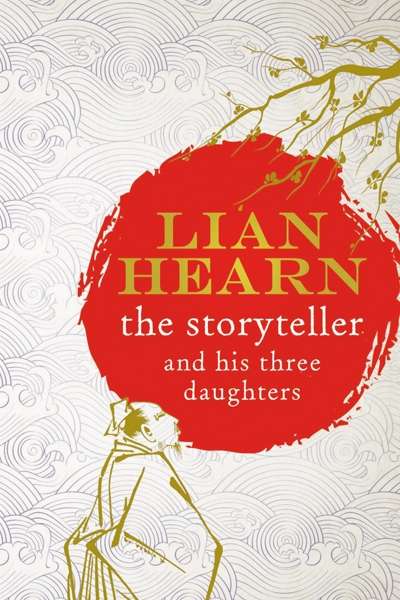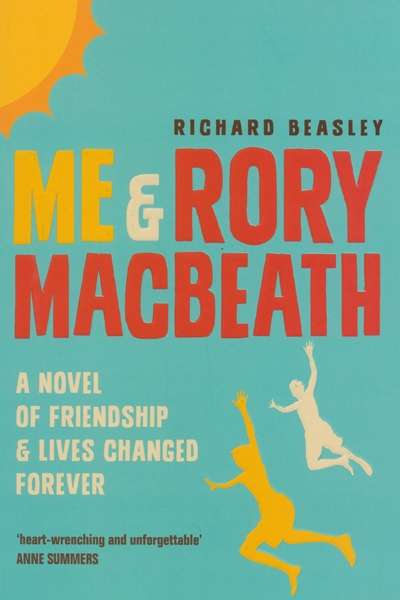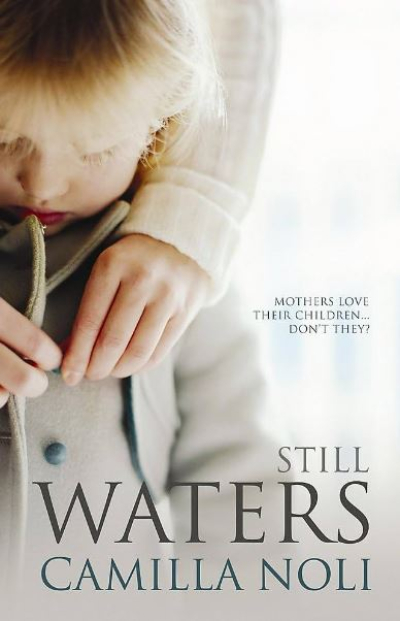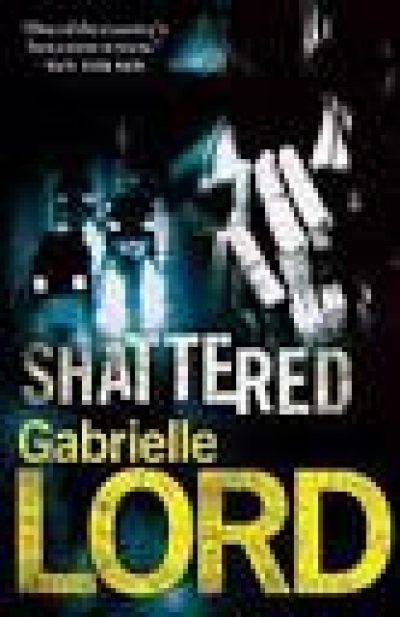Hachette Australia
In a famous letter to her friend and fellow writer Lorna Sage, Angela Carter declared that no daughter of hers should ever pen a title like Elizabeth Smart’s By Grand Central Station I Sat Down and Wept (1945): ‘BY GRAND CENTRAL STATION I TORE OFF HIS BALLS would be more like it, I should hope.’ The choice between getting sad or getting mad, the dilemma of how to represent the reality of female anguish without romanticising or pathologising it, is a recurring theme in twenty-first-century women’s writing: it forms the main subject of Leslie Jamison’s essay ‘Grand Unified Theory of Female Pain’ (2014); it is the premise behind the post-feminist revenge films Jennifer’s Body (2009) and Promising Young Woman (2020).
... (read more)oubtless there will come a time when one’s more disciplined reading self requires nourishment from serious books that offer sustained intellectual, creative, and moral challenges. In the meantime, books – in particular the contemporary urban novel – may continue to satisfy by being charming, delightful, witty, heart-warming, hilarious, astringently refreshing, sharply observed, and deliciously original.
... (read more)
